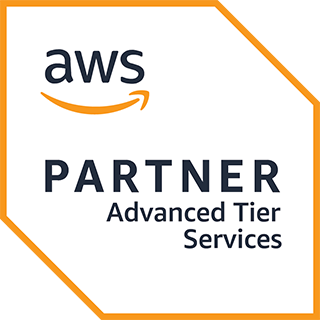AWS Cloud Migration Best Practices: A Guide to Successful Cloud Adoption
The migration to the cloud can be a complex and challenging process, but it is essential for organizations that want to stay ahead of the curve in terms of innovation and competitiveness. AWS is one of the leading cloud providers and offers a range of tools and services that can help organizations to successfully migrate their workloads to the cloud.
However, there are several key best practices that organizations should follow in order to ensure a successful cloud migration to AWS. In this blog post, we will take a closer look at these best practices and provide a step-by-step guide to help organizations adopt the cloud in a secure, efficient, and effective manner.
Step 1: Assess Your Current Environment
The first step in a successful cloud migration is to assess your current environment. This will help you to understand what workloads you have, what dependencies they have, and what resources they require. This will also give you a better understanding of what you need to migrate and what can be left behind.
Step 2: Define Your Objectives and Prioritize Workloads
Once you have assessed your current environment, it is time to define your objectives and prioritize your workloads. This will help you to determine which workloads should be migrated first and which ones can be left until later. It is important to prioritize your workloads based on the criticality and importance of the workloads to your business.
Step 3: Plan Your Migration
The next step is to plan your migration. This will involve determining the most appropriate migration method for each workload and determining the resources you will need to complete the migration. It is also important to plan for the testing and validation of your migrated workloads.
Step 4: Implement Security Measures
Security is a critical consideration for any cloud migration, and it is important to implement security measures from the beginning. AWS offers a range of security services, including identity and access management, encryption, and firewalls, to help you secure your workloads in the cloud.
Step 5: Monitor and Optimize Your Environment
Once you have migrated your workloads to the cloud, it is important to monitor and optimize your environment. This will help you to identify any performance issues or other areas where improvements can be made. AWS offers a range of monitoring and optimization tools that can help you to manage your cloud environment.
In conclusion, the migration to the cloud is a complex and challenging process, but it is essential for organizations that want to stay ahead of the curve in terms of innovation and competitiveness. By following these best practices, organizations can ensure a successful cloud migration to AWS and drive continuous improvement and innovation across their environment. Whether you are just starting your cloud journey or you are looking to optimize your existing cloud environment, these best practices will help you to achieve your objectives and drive success in the cloud.



